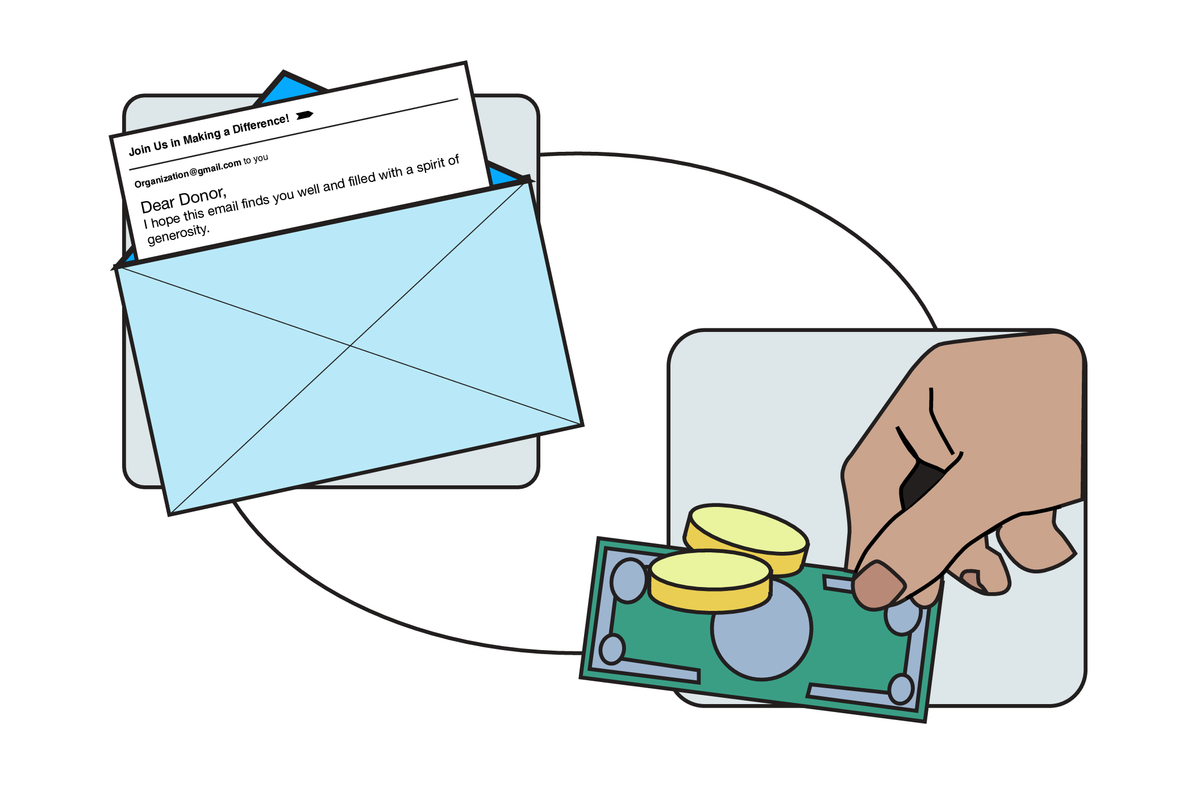Social media is a broad landscape, with each platform offering distinct features and attracting unique audiences. Here's a rundown of four major platforms your non-profit should consider:
- Facebook: Facebook is the most extensive social network globally. It offers a variety of tools tailored for non-profits, including a "Donate Now" button, Facebook Fundraisers, and Charitable Giving Tools. Additionally, Facebook's wide demographic reach makes it an excellent platform for reaching a diverse audience.
- Twitter: Twitter excels in real-time communication and viral potential. It's the platform for discussions, trending topics, and advocacy, making it ideal for awareness campaigns. The use of hashtags can increase your content's visibility and discoverability.
- Instagram: As a visual platform, Instagram is perfect for sharing compelling images and stories about your cause. With over 1 billion users, it's popular among younger demographics. Features like Instagram Stories, the "Donate" sticker, and Instagram Live provide unique ways to engage your followers and solicit donations.
- LinkedIn: Often overlooked by non-profits, LinkedIn is a powerhouse for professional networking. It's a great platform for reaching potential corporate sponsors, recruiting volunteers, and sharing more formal, in-depth content about your non-profit.
Choosing the right platform for your non-profit
With many platforms to choose from, deciding where to focus your efforts can be daunting. Here's a simple three-step process to guide you:
- Understand your audience: Who are you trying to reach? Different demographics favor different platforms. For instance, if you're targeting a younger audience, Instagram might be your best bet. On the other hand, if you're seeking corporate partnerships, LinkedIn could be the way to go.
- Align with your content strategy: What type of content will you produce? If you have a compelling visual story to tell, platforms like Instagram and Facebook could be suitable. For real-time updates or advocacy, consider Twitter.
- Consider your resources: Each platform requires a time and effort investment. Be realistic about your capacity to create content, engage with followers, and manage the platform.
Succesful fundraising campaigns on social media
To illustrate the power of social media for fundraising, let's look at a couple of successful campaigns:
- Water is Life's #FirstWorldProblems on Twitter: Water is Life turned the often trivial #FirstWorldProblems hashtag on its head to raise awareness about serious water scarcity issues. Users complaining about "problems" like slow internet were responded to with video messages from people in developing countries dealing with real-life survival issues. The campaign was a huge success, leading to a significant increase in donations and the hashtag trending worldwide.
- The ALS Association's Ice Bucket Challenge on Facebook: This viral Facebook campaign involved people filming themselves dumping a bucket of ice water over their heads, nominating others to do the same, and donate to the ALS Association. The campaign not only raised awareness but also contributed over $115 million to ALS research.
Social media, when used strategically, can be a game-changer for your non-profit's fundraising efforts.



